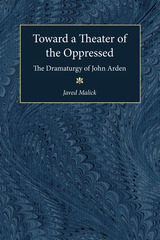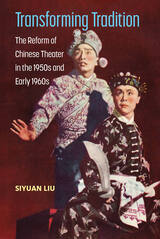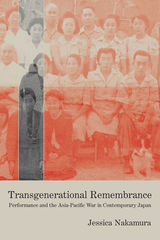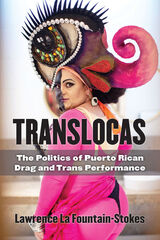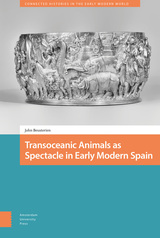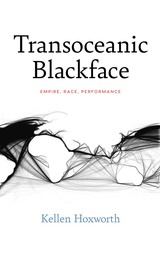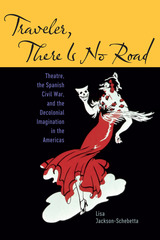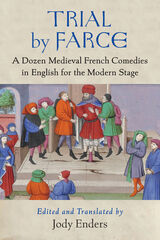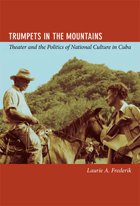Lost and Found: Locating Foundlings in the Early Modern World
Harvard University Press
Paper: 978-0-674-29616-9
See other books on: Early Modern World | Family Law | Found | Lost | Terpstra, Nicholas
See other titles from Harvard University Press
Paper: 978-0-674-29616-9
ABOUT THIS BOOK
ABOUT THIS BOOK
Florence’s foundling home of the Innocenti is often taken as a symbol of Renaissance creativity, innovation, and humanity. Its progressive approach to caring for abandoned children was matched by the iconic architectural form designed one of the period’s leading architects, Filippo Brunelleschi. Did reality match the reputation? The essays in Lost and Found explore new dimensions and contexts for foundling care at the Innocenti and use archival documents and digital tools to locate it architecturally, geographically, and socially. They ask questions that reframe the Ospedale degli Innocenti in different contexts and open paths for further research: Was Brunelleschi’s design a failure? How can digital tools recover the Innocenti’s lost spaces and extensive real estate holdings? What did the law say about foundlings and abandonment? What was it like to live in the Innocenti and in homes elsewhere? What roles did race and enslavement play in infant abandonment?
See other books on: Early Modern World | Family Law | Found | Lost | Terpstra, Nicholas
See other titles from Harvard University Press

